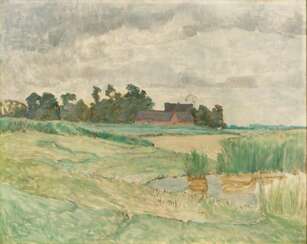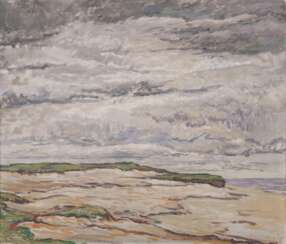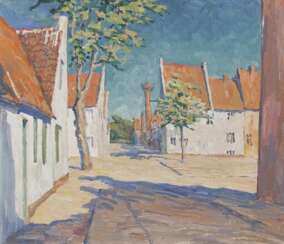ингвер паулсен (1883 - 1943)
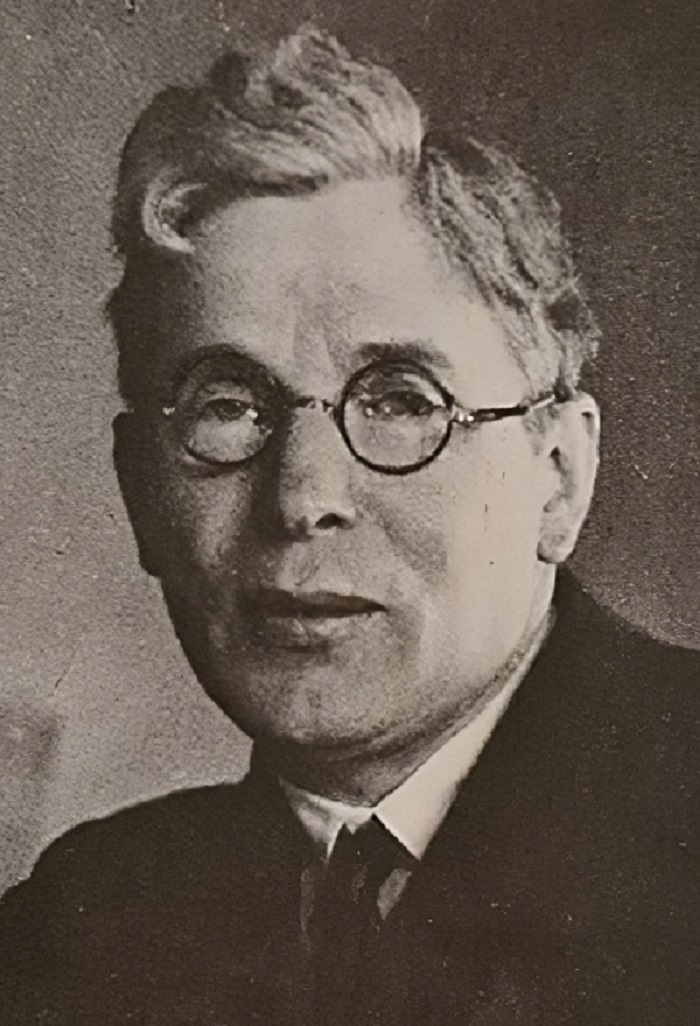
Ingwer Paulsen was a German graphic artist and painter.
Ingwer Paulsen was primarily an etcher. His subjects were the landscape and architecture of the west coast of Schleswig-Holstein and all the countries he visited on his study trips.
After the end of the First World War, he temporarily aspired to the totality of all means of expression, from graphic art, painting and sculpture. In addition to sculptures, he created designs for large colour murals. In 1925 he illustrated the book Einsame Ufer. Hallignovellen by Elfriede Rotermund. From the mid-twenties he increasingly devoted himself to painting and experimented with Impressionist and Expressionist styles. His thematic approach to Nazi ideology remained without significant resonance.
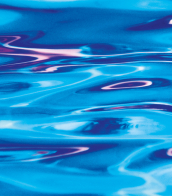

Ingwer Paulsen was a German graphic artist and painter.
Ingwer Paulsen was primarily an etcher. His subjects were the landscape and architecture of the west coast of Schleswig-Holstein and all the countries he visited on his study trips.
After the end of the First World War, he temporarily aspired to the totality of all means of expression, from graphic art, painting and sculpture. In addition to sculptures, he created designs for large colour murals. In 1925 he illustrated the book Einsame Ufer. Hallignovellen by Elfriede Rotermund. From the mid-twenties he increasingly devoted himself to painting and experimented with Impressionist and Expressionist styles. His thematic approach to Nazi ideology remained without significant resonance.


Ingwer Paulsen was a German graphic artist and painter.
Ingwer Paulsen was primarily an etcher. His subjects were the landscape and architecture of the west coast of Schleswig-Holstein and all the countries he visited on his study trips.
After the end of the First World War, he temporarily aspired to the totality of all means of expression, from graphic art, painting and sculpture. In addition to sculptures, he created designs for large colour murals. In 1925 he illustrated the book Einsame Ufer. Hallignovellen by Elfriede Rotermund. From the mid-twenties he increasingly devoted himself to painting and experimented with Impressionist and Expressionist styles. His thematic approach to Nazi ideology remained without significant resonance.


Ingwer Paulsen was a German graphic artist and painter.
Ingwer Paulsen was primarily an etcher. His subjects were the landscape and architecture of the west coast of Schleswig-Holstein and all the countries he visited on his study trips.
After the end of the First World War, he temporarily aspired to the totality of all means of expression, from graphic art, painting and sculpture. In addition to sculptures, he created designs for large colour murals. In 1925 he illustrated the book Einsame Ufer. Hallignovellen by Elfriede Rotermund. From the mid-twenties he increasingly devoted himself to painting and experimented with Impressionist and Expressionist styles. His thematic approach to Nazi ideology remained without significant resonance.
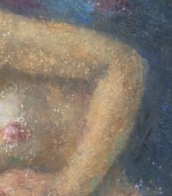

Ingwer Paulsen was a German graphic artist and painter.
Ingwer Paulsen was primarily an etcher. His subjects were the landscape and architecture of the west coast of Schleswig-Holstein and all the countries he visited on his study trips.
After the end of the First World War, he temporarily aspired to the totality of all means of expression, from graphic art, painting and sculpture. In addition to sculptures, he created designs for large colour murals. In 1925 he illustrated the book Einsame Ufer. Hallignovellen by Elfriede Rotermund. From the mid-twenties he increasingly devoted himself to painting and experimented with Impressionist and Expressionist styles. His thematic approach to Nazi ideology remained without significant resonance.


Ingwer Paulsen was a German graphic artist and painter.
Ingwer Paulsen was primarily an etcher. His subjects were the landscape and architecture of the west coast of Schleswig-Holstein and all the countries he visited on his study trips.
After the end of the First World War, he temporarily aspired to the totality of all means of expression, from graphic art, painting and sculpture. In addition to sculptures, he created designs for large colour murals. In 1925 he illustrated the book Einsame Ufer. Hallignovellen by Elfriede Rotermund. From the mid-twenties he increasingly devoted himself to painting and experimented with Impressionist and Expressionist styles. His thematic approach to Nazi ideology remained without significant resonance.



